Lawn design trends are constantly evolving, but some once-popular features are now being banned due to environmental concerns, safety risks, or updated local regulations. In 2025, homeowners may find that certain landscaping choices—like artificial turf, oversized water features, or specific types of fencing—are no longer legal in many areas. Whether the restrictions stem from water conservation efforts, fire hazards, or wildlife protection, failing to comply can lead to hefty fines or required removals. If you’re planning a backyard update, it’s important to know which features have been outlawed so you can avoid costly mistakes and keep your outdoor space both beautiful and compliant.
1. Installing Large Raised Garden Beds

Raised garden beds are popular for their ability to improve drainage and soil quality, but they can cause legal issues when improperly placed. Forbes notes that some cities have height restrictions for structures in front yards, which may apply to large garden beds. If a raised bed obstructs sidewalks or driveways, it could also violate public safety laws. Choosing smaller or less conspicuous designs may help gardeners stay compliant.
Additionally, some municipalities classify large raised beds as permanent structures, requiring permits before installation. Failing to obtain the necessary approvals could lead to fines or forced removal of the garden bed. Checking local building codes beforehand ensures that raised beds remain a beneficial and legal addition to any garden.
2. Planting Invasive Species
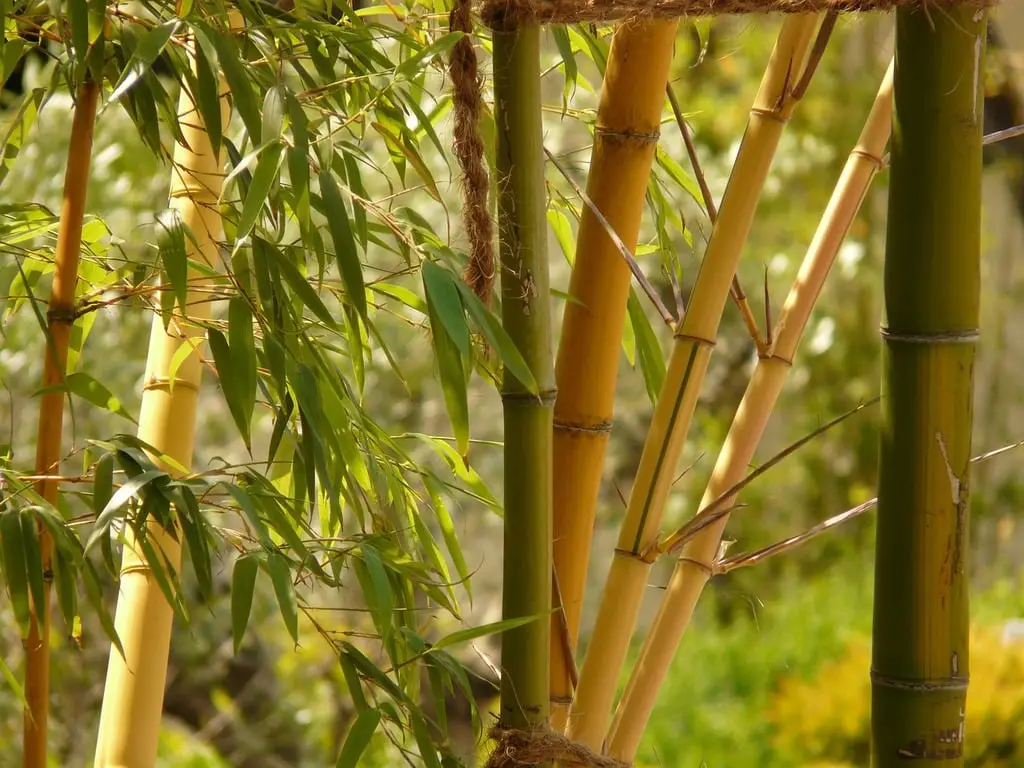
Some gardeners unknowingly plant species that are classified as invasive, which can lead to fines or removal orders. The Spruce explains that invasive plants spread rapidly, outcompeting native species and disrupting local ecosystems. Many states have banned specific plants, such as Japanese knotweed and purple loosestrife, due to their aggressive growth. Ignoring these regulations can result in costly penalties.
Even if an invasive plant isn’t illegal in a particular area, some HOAs and local councils prohibit their cultivation. Gardeners should research plant choices carefully and opt for native or non-invasive alternatives. Staying informed about restricted species helps protect both the environment and homeowners from unexpected fines.
3. Converting Lawns into Full Garden Beds
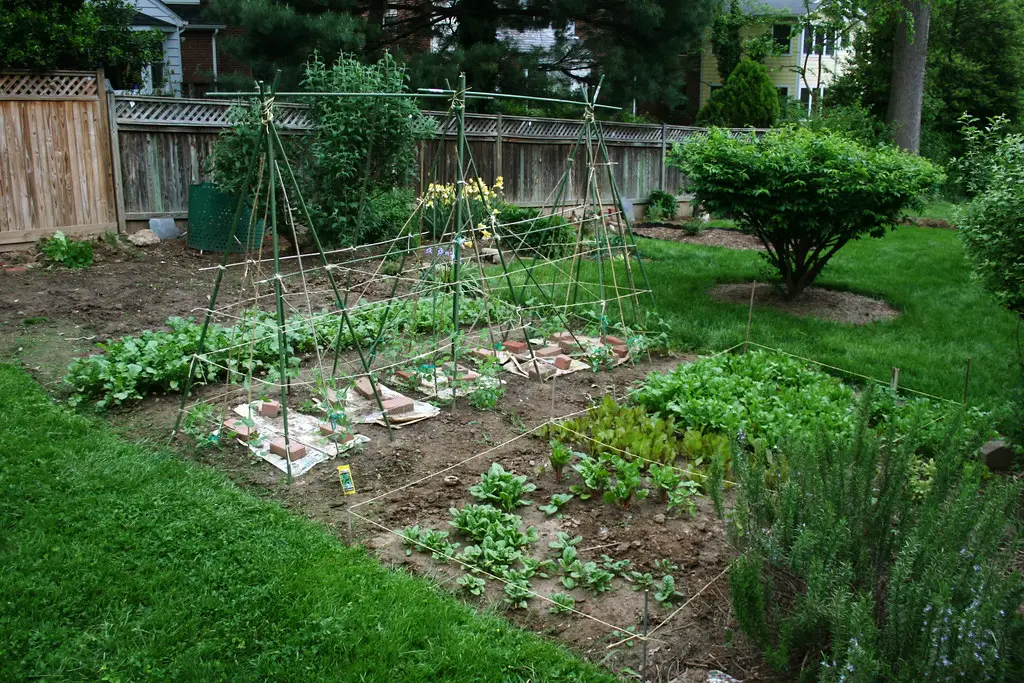
Many homeowners are replacing traditional grass lawns with flower beds, vegetable gardens, or native plant landscapes. According to The New York Times, some municipalities require a percentage of the yard to remain grass-covered for aesthetic and environmental reasons. Neighbors may also file complaints if a full garden bed appears untidy or attracts pests. Checking local ordinances before removing all grass can prevent unnecessary fines.
Some homeowner associations (HOAs) have strict landscaping rules that prohibit excessive garden beds in front yards. Even if backyard gardens are allowed, converting an entire lawn into a growing space might violate neighborhood guidelines. Seeking approval from local authorities or planting within designated areas can help homeowners avoid penalties while still embracing sustainable gardening.
4. Installing Artificial Turf Without Permission
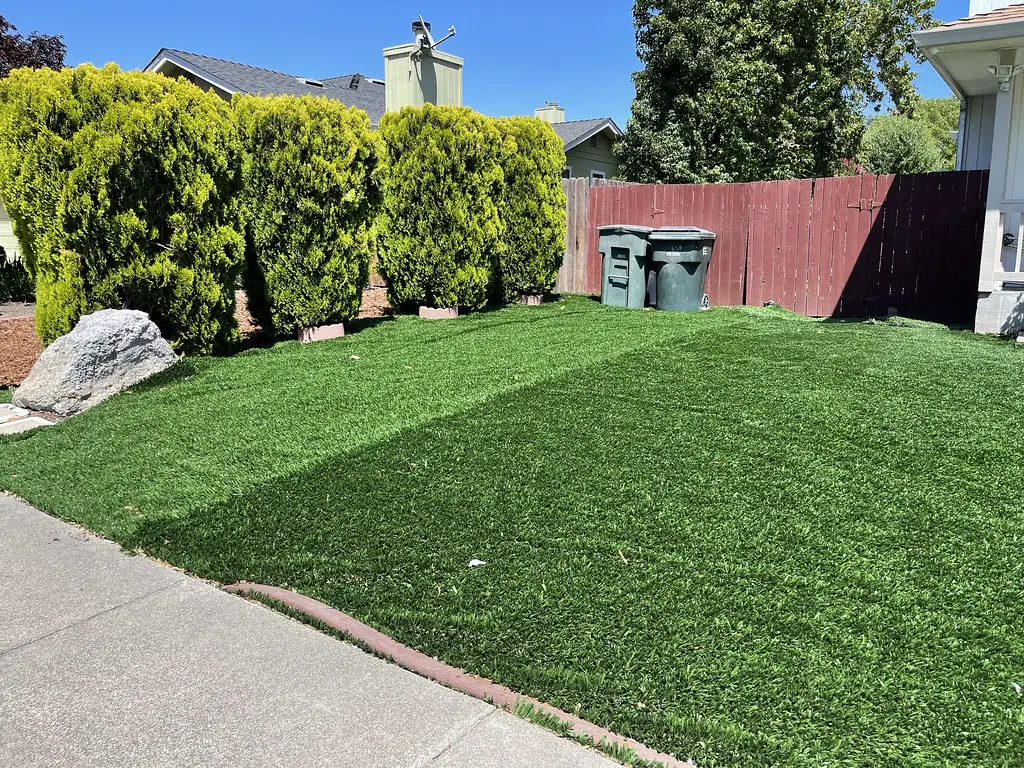
Artificial turf is gaining popularity for its low maintenance and water-saving benefits, but not all municipalities allow its use. Architectural Digest reports that some cities have restrictions against synthetic grass in front yards due to concerns about heat retention and environmental impact. Violating these regulations could lead to hefty fines or mandated removal of the turf. Checking with local zoning boards before installation is essential.
In some communities, artificial turf is only allowed in backyards or must meet specific permeability standards. Homeowners should review HOA rules and city codes before investing in synthetic grass. Selecting eco-friendly turf options or using a combination of natural and artificial landscaping can help avoid penalties while still reducing water use.
5. Decorative Ponds Without Proper Filtration
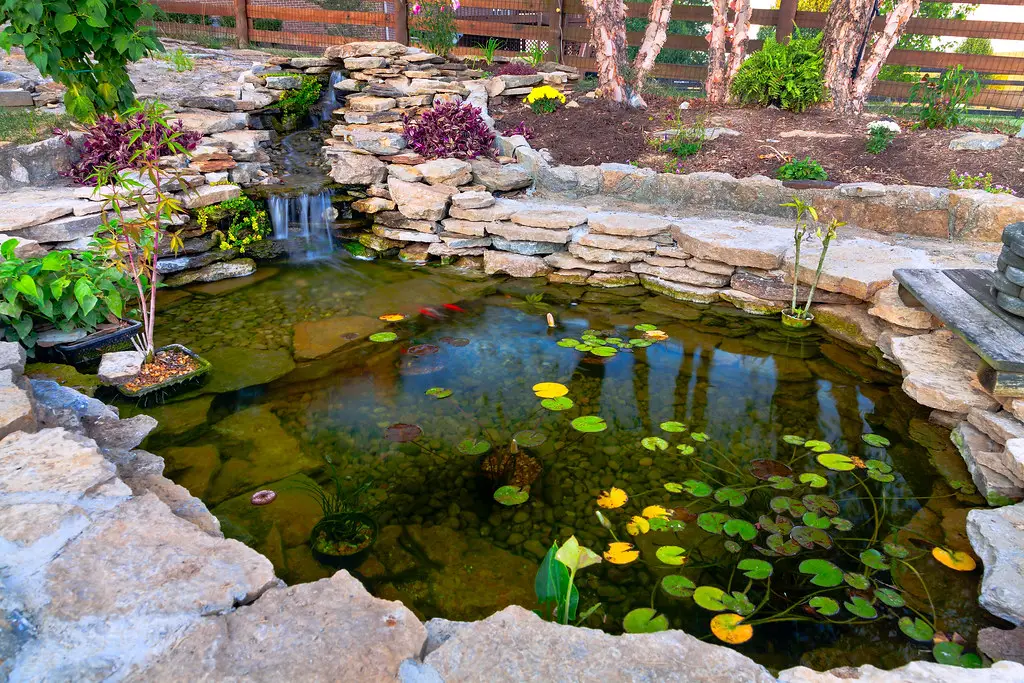
Backyard ponds have long been a popular landscaping feature, but new regulations now require proper filtration systems to prevent mosquito breeding and water contamination. Stagnant water can become a breeding ground for disease-carrying insects, leading to health concerns in many communities. In response, some municipalities have banned unfiltered decorative ponds or require homeowners to install aeration systems, according to Living Water Aeration. Non-compliant ponds may need to be drained or retrofitted to meet local water safety guidelines.
If you have a pond, installing a pump, filter, or introducing natural mosquito deterrents like fish or aquatic plants can help maintain water quality. Some areas require permits for new pond installations to ensure compliance with local health and environmental codes. Regular maintenance, such as removing debris and monitoring water circulation, can help prevent potential violations. Choosing eco-friendly pond features like rainwater-fed reservoirs can also align with new regulations.
6. Digging Too Close to Property Lines
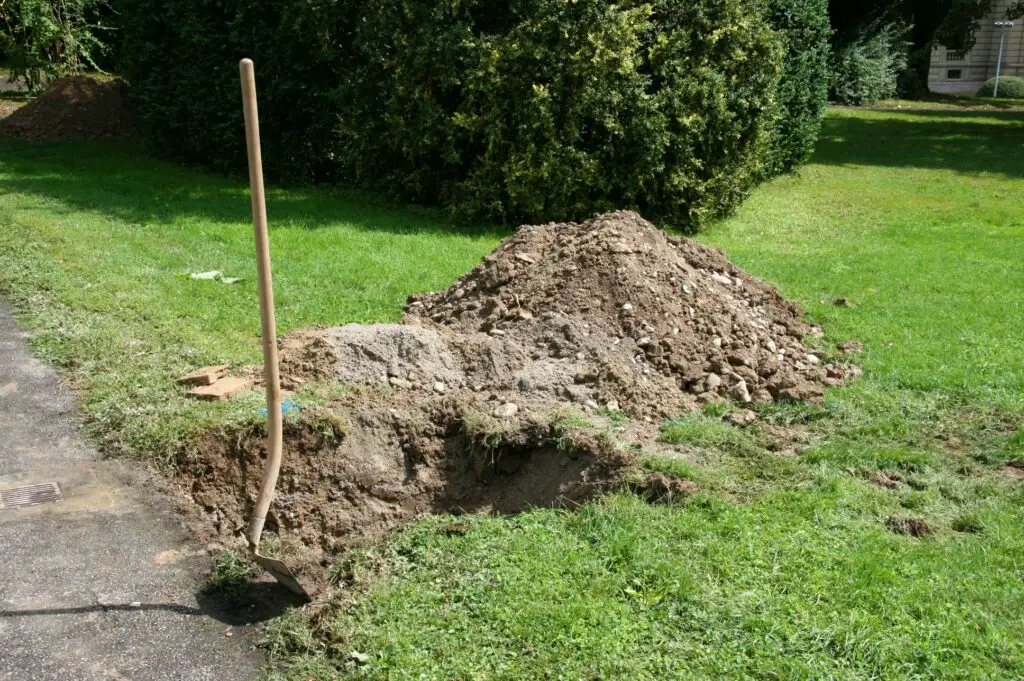
Expanding garden beds or planting trees near property boundaries can lead to disputes and legal trouble. Some municipalities require a setback distance for planting near fences or sidewalks. Digging too close to a neighbor’s property could also result in complaints or forced plant removal. Homeowners should review local zoning laws to ensure compliance before breaking ground.
Ignoring these rules can lead to unexpected costs, especially if underground utility lines are accidentally damaged during digging. Calling utility services before starting a project ensures that plants are placed safely and legally. Taking these precautions helps gardeners avoid disputes and potential fines.
7. Using Excessive Mulch or Gravel
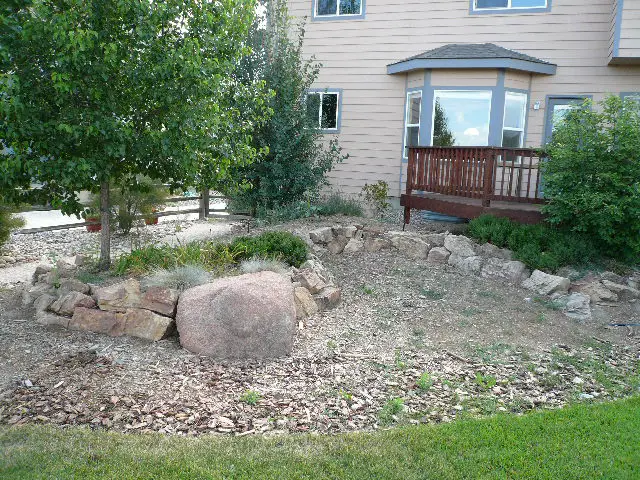
While mulch and gravel can enhance garden aesthetics and reduce weed growth, using too much can violate local regulations. Some cities have limits on the amount of hardscaping allowed in residential yards to prevent excessive water runoff. Overuse of non-permeable materials may lead to drainage issues, resulting in fines or required modifications.
HOAs may also restrict specific types of mulch or gravel for aesthetic reasons. Homeowners should verify acceptable landscaping materials before making changes. Choosing eco-friendly options and applying mulch within reasonable limits can help gardeners stay within legal boundaries.
8. Non-Permeable Driveways and Patios
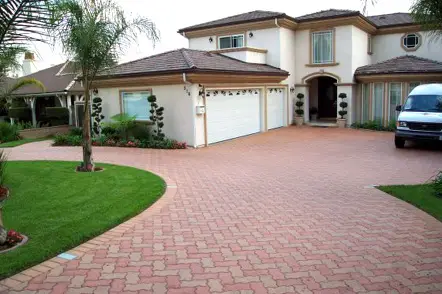
Certain materials used in driveways and patios are now illegal in some cities due to their impact on water drainage and flooding. Non-permeable surfaces, such as asphalt and concrete, prevent rainwater from seeping into the ground, increasing runoff and contributing to urban flooding. Many municipalities now require permeable paving materials, such as porous concrete, gravel, or permeable pavers, to improve water absorption. Homeowners with existing non-compliant driveways may be required to retrofit or replace them in the coming years.
If you’re planning to update your driveway or patio, check local regulations to ensure compliance with new sustainability standards. Permeable surfaces not only reduce runoff but also help recharge groundwater supplies and prevent erosion. Some cities offer financial incentives for switching to eco-friendly paving solutions. Proper landscaping with rain gardens or bioswales can further enhance drainage and help manage stormwater more effectively.
9. Excessive Outdoor Lighting

Bright, unshielded outdoor lighting is being restricted in many areas due to light pollution concerns. In 2025, cities are enacting stricter “dark sky” ordinances to reduce unnecessary artificial light that disrupts wildlife and human sleep patterns. High-intensity floodlights, upward-facing fixtures, and excessive decorative lighting are now illegal in certain residential neighborhoods. Homeowners who violate these laws may be required to adjust or remove non-compliant lighting.
To comply with new regulations, switch to downward-facing, motion-activated, or warm-colored LED lights that minimize light pollution. Many communities are promoting energy-efficient lighting that reduces electricity consumption and preserves night skies. If you’re unsure whether your outdoor lighting meets new standards, check local ordinances for guidance. Properly positioned, low-glare lights can enhance security while maintaining a more environmentally friendly yard.
10. Large Decorative Water Features
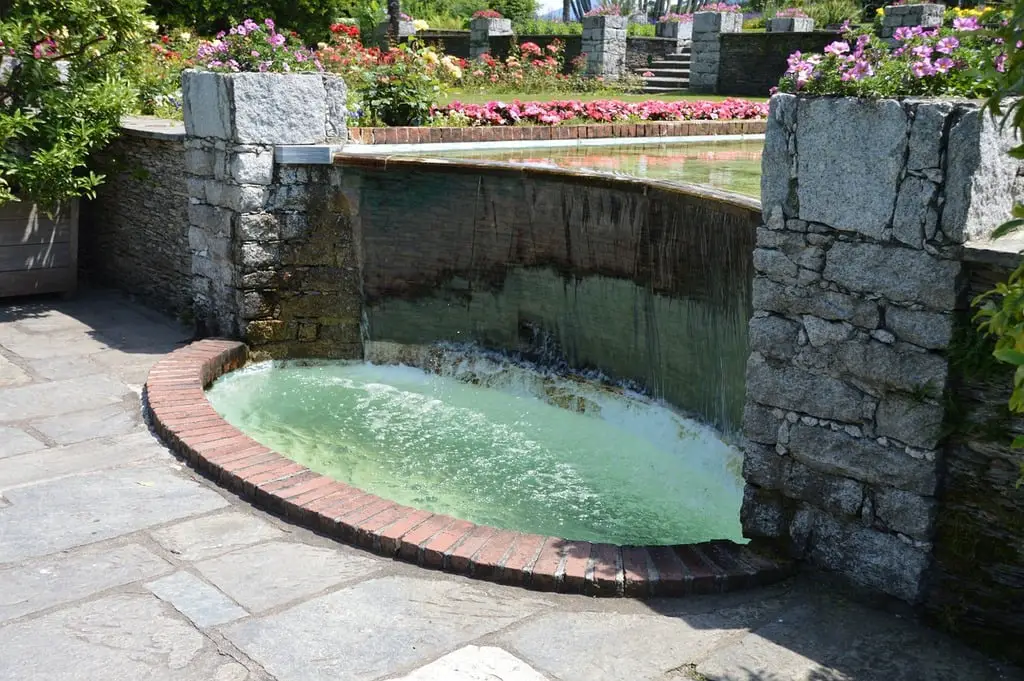
Fountains and large decorative water features have become restricted in many drought-prone areas due to excessive water consumption. In 2025, several states and municipalities have placed limits on non-essential water use, including ornamental fountains that do not serve a functional purpose. Homeowners with existing water features may be required to retrofit them with recirculating pumps or shut them down during drought emergencies. Violations of these new water conservation laws can lead to fines or mandatory removal.
If you love the aesthetic of a water feature, consider installing a small, energy-efficient recirculating fountain or rain-fed pond. Many cities now encourage homeowners to use collected rainwater or graywater systems for decorative water elements. Xeriscaping with drought-tolerant plants, rock gardens, or dry creek beds can provide a beautiful alternative without wasting water. Before installing or maintaining a fountain, check local guidelines to ensure it aligns with new sustainability regulations.
11. Fire Pits and Wood-Burning Outdoor Fireplaces

Many regions are cracking down on fire pits and wood-burning outdoor fireplaces due to rising air pollution and wildfire risks. In 2025, several states and local governments have either banned or heavily restricted their use, particularly in areas prone to wildfires. Even in urban settings, concerns over air quality and carbon emissions have led to limitations on backyard fires. Some cities now require homeowners to obtain permits or use alternative, smoke-free fire features.
If your area has implemented restrictions, consider switching to propane or natural gas fire pits, which produce fewer emissions and are often allowed under new regulations. Some locations now require spark arrestors and designated fire-safe zones to prevent accidental wildfires. Always check your local fire codes before lighting a fire, as fines for non-compliance can be steep. Opting for safer, eco-friendly alternatives ensures your outdoor space remains enjoyable while staying within legal limits.
12. Certain Types of Privacy Fences
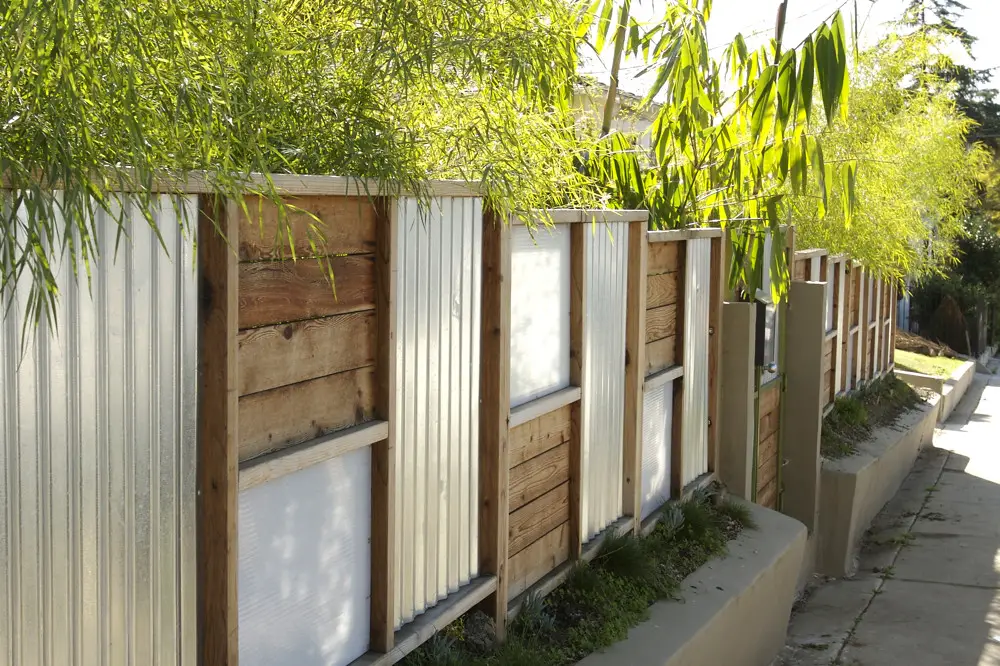
In some areas, privacy fences exceeding a certain height or made from specific materials have been deemed illegal due to safety and environmental concerns. Many cities now regulate fence height, transparency, and materials to maintain neighborhood aesthetics and prevent security risks. Tall, solid fences can obstruct visibility for drivers and pedestrians, while non-permeable materials can disrupt local ecosystems. Some communities have banned vinyl and treated wood fences due to their environmental impact.
If you’re planning to install a new fence, opt for sustainable materials like bamboo, recycled wood, or living hedges that comply with updated laws. Many areas now require fencing to have some level of openness, such as horizontal slats or decorative ironwork, to balance privacy and visibility. Check your local zoning laws before making changes to your fence, as fines or mandatory alterations can be costly. Incorporating natural barriers like shrubs or trees can provide privacy while aligning with modern regulations.
13. Invasive Plant Species
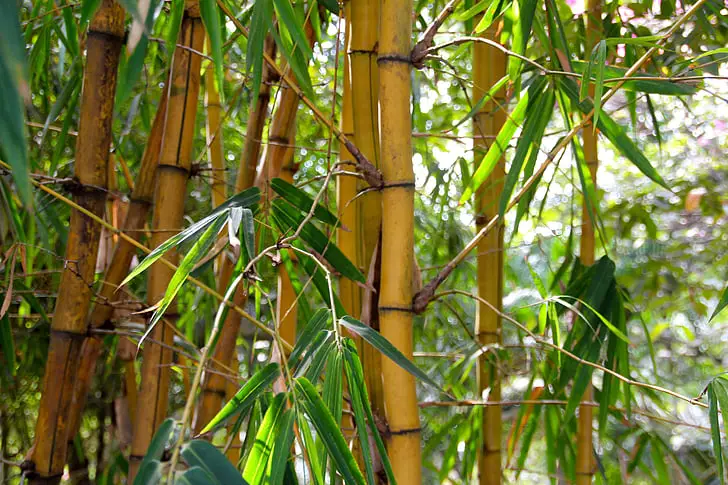
Certain popular plants used in landscaping are now illegal due to their classification as invasive species. Many states have banned the sale and planting of non-native species that threaten local ecosystems by outcompeting native plants. Common offenders include bamboo, English ivy, and certain types of ornamental grasses, which can spread aggressively and damage local biodiversity. Homeowners who already have these plants may be required to remove them or prevent their spread.
If you’re redesigning your yard, choose native plants that support local wildlife and require less maintenance. Many regions provide lists of approved, eco-friendly plants that thrive in their specific climate without harming the environment. Some local governments even offer incentives for replacing invasive species with native alternatives. By making these changes, you can help preserve your local ecosystem while ensuring compliance with new landscaping laws.
